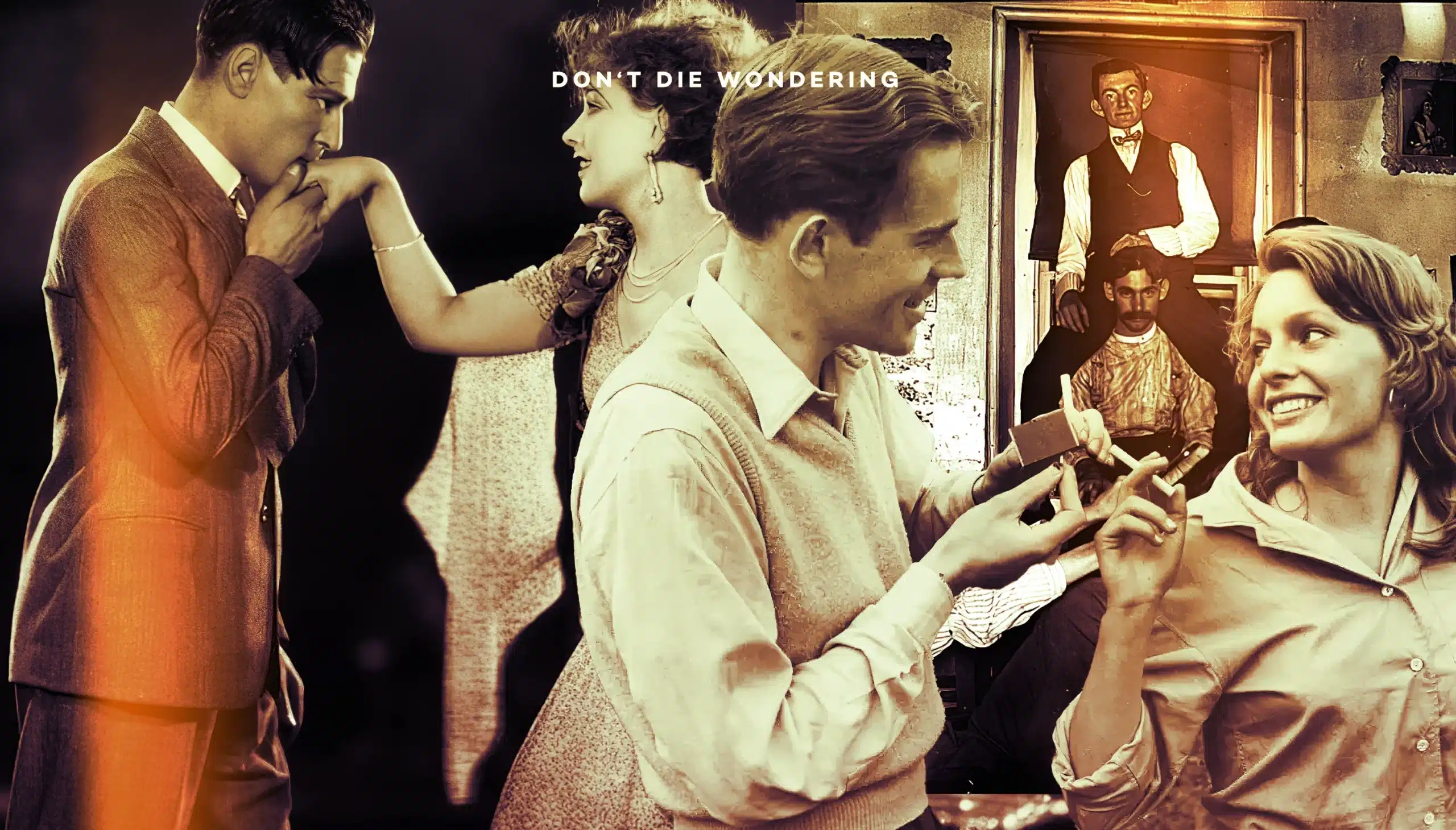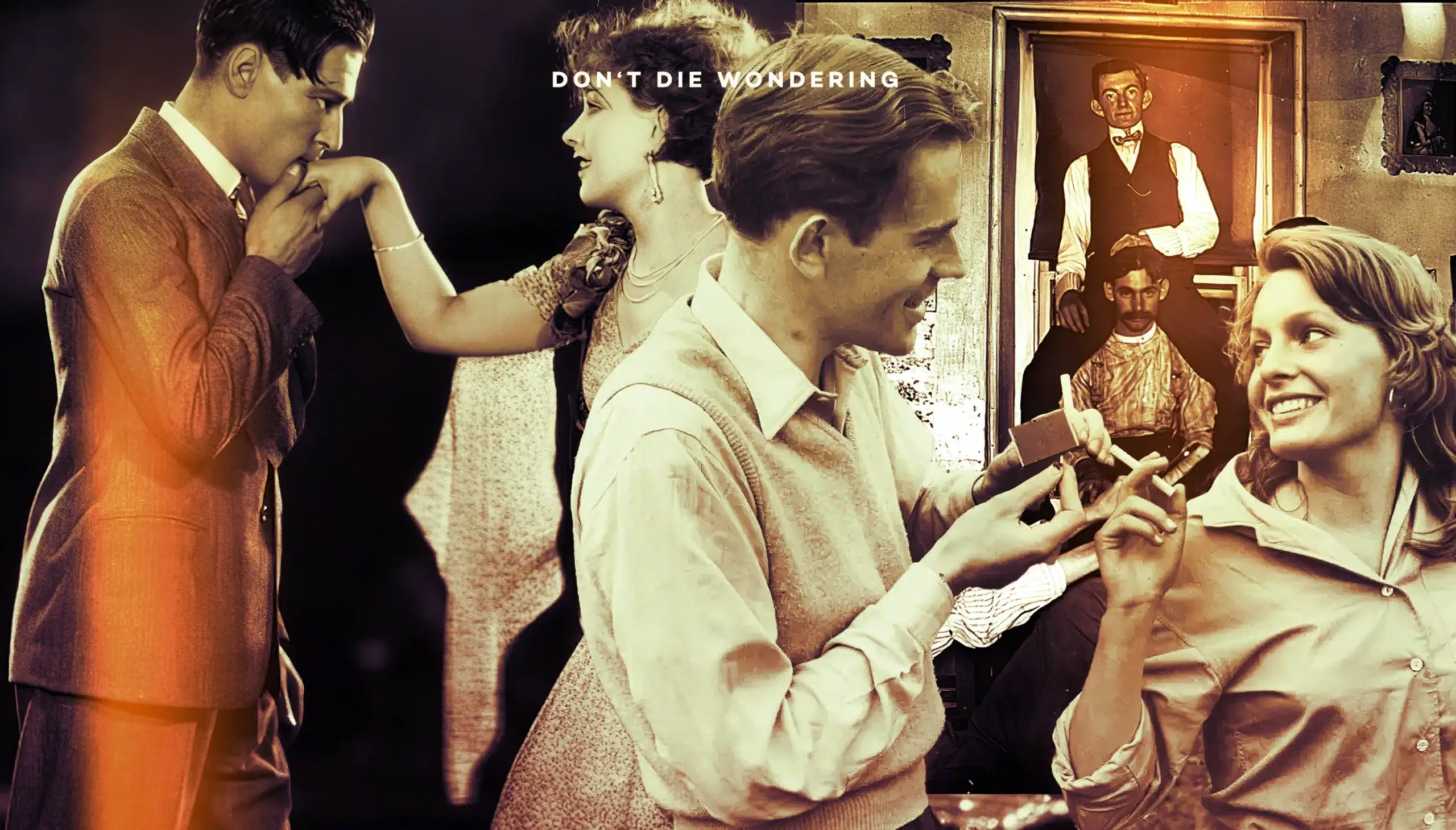The Evolution of Etiquette: From Courtly Manners to the Common Fork.
It’s funny to think that there was a time (and a certain culture) when slurping soup loudly was the height of sophistication, and a firm burp was the ultimate compliment to the chef. Now fast forward through time – a journey from raucous medieval feasts to the delicate clink of fine china in hushed Victorian dining rooms. This evolution of manners, this ‘dance of decorum’ we call etiquette, has been far more than a shift in table manners. It’s a vivid chronicle of human society, reflecting our ever-changing ideals of civility, class, and culture.
Let’s dive into the riveting odyssey of etiquette, where each fork and each polite nod tells a story of centuries past.

The Courtly Beginnings
Rewind to the Middle Ages, when knights roamed and kings ruled. In this era, etiquette wasn’t just a set of manners; it was a survival toolkit in the treacherous landscapes of royal courts. Sociologist Norbert Elias, in “The Civilizing Process,” paints a vivid picture of how the nucleus of Western manners sprouted in these feudal courts. Here, warriors transformed into courtiers, and the battleground shifted from physical combat to the nuanced art of social navigation. Status was no longer just about how well you wielded a sword, but how skillfully you navigated the intricate web of court politics using just your wits and charm.
From Courtesy to Civility
As the Renaissance dawned, the fascination with manners spilled over from the noble courts to the burgeoning middle class. The aristocracy’s guide to refined living became the middle class’s handbook for upward mobility. Etiquette books mushroomed, becoming the era’s self-help guides for those aspiring to rub shoulders with the elite. Here’s where etiquette began its journey from ‘courtesy’ (manners of the court) to ‘civility’ (the conduct of citizens). It’s a tale of societal one-upmanship, where the aristocrats refined their manners to distinguish themselves from the commoners, who, in turn, adopted and adapted these refined manners, leading to an endless waltz of societal etiquette.

The Etiquette Revolution
But what about the nitty-gritty of etiquette? How did we go from grabbing meat with bare hands to using a plethora of forks for different courses? The evolution of table manners is a perfect illustration of this transformation. Until the 17th century, forks were the bling of the dining table, a luxury item for the upper crust. But as these utensils trickled down to the masses, the aristocrats upped their game with specialized cutlery for every conceivable type of dish. It wasn’t just about the fork; it was about setting themselves apart from the “vulgar” – the commoners.
The Victorian Shake-Up
Enter the Victorian era, where etiquette saw another seismic shift. Here, the middle-class Victorians, in their pursuit of sobriety and rectitude, turned the tables on the aristocracy, whom they viewed as frivolous and vain. Middle-class manners began to influence the upper echelons of society, leading to a fusion of upper and middle-class etiquette. This period saw the democratization of gentility, where being a ‘gentleman’ transcended class and birthright. It was a time when punctuality and a strong work ethic became the hallmarks of respectability, cutting across class lines.

Etiquette in the Modern World
Fast forward to the present day, where the ghosts of courtly manners linger in our daily interactions. The rules might have relaxed, but the essence of etiquette – respect, consideration, and social harmony – remains as relevant as ever. Whether it’s navigating the digital etiquette of social media or the age-old debate of elbows on the table, etiquette continues to evolve, mirroring the shifting landscapes of society.
In the end, etiquette is more than just a set of rules; it’s a reflection of our values and a window into the ever-changing dynamics of power and class. From the courts of medieval Europe to the bustling streets of the modern world, etiquette has been a silent yet powerful force, shaping not just how we set our tables, but how we interact with each other.
So the next time you pick up a fork (or a smartphone), remember, you’re partaking in a centuries-old tradition of civility and refinement.
Bon appétit, or should we say, behave yourself!


